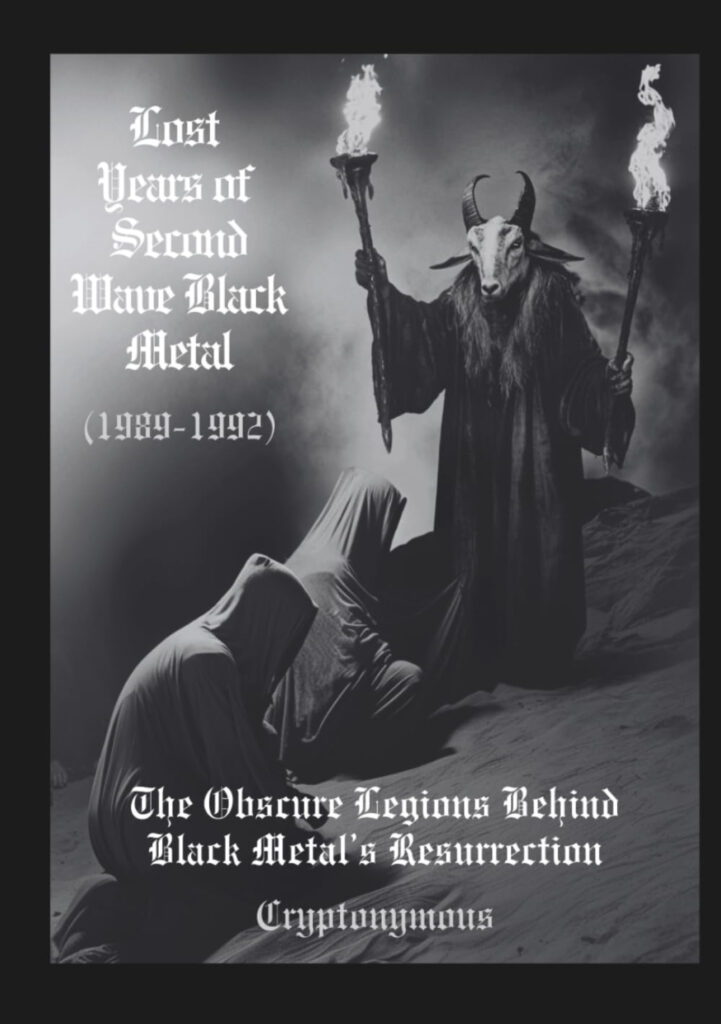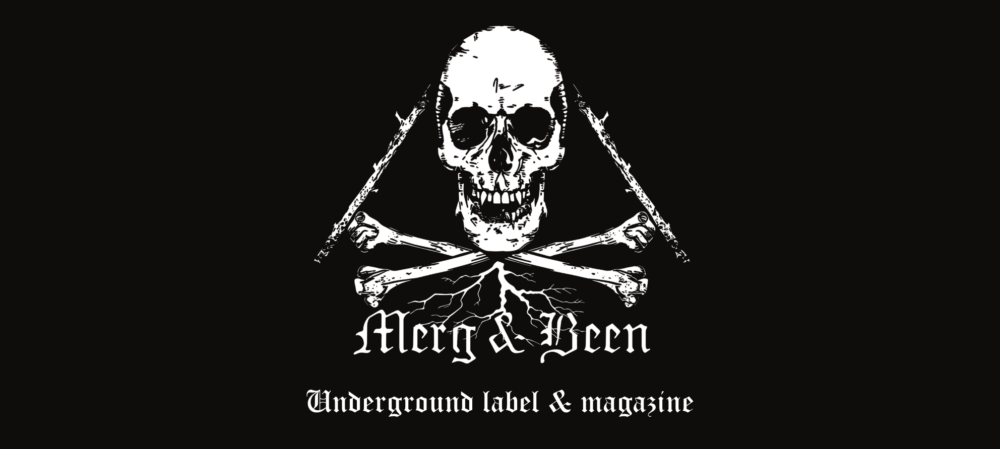
In recent years, there’s been a veritable deluge of books about the Black Metal scene. The most well-known – and perhaps most controversial – example remains Lords of Chaos, a book that, unfortunately, gained more notoriety than praise due to its sensationalist tone and sloppy treatment of facts. Fortunately, there are publications that approach the genre’s history with more respect and depth. Think of the excellent works by Dayal Patterson, whose books – filled with in-depth interviews and thorough research – have been a welcome addition to the growing body of Black Metal literature. Reissues of classic magazines such as Slayer Magazine, and visual masterpieces like Peter Beste’s photobook, have also made valuable contributions by capturing the genre’s raw and authentic spirit.
Still, the question remains: what can a new book – with a title as long as an average Darkthrone song – possibly add to this already impressive library of Black Metal literature? The answer, surprisingly, is: quite a lot.
First and foremost, Lost Years of Second Wave Black Metal (1989–1992) stands out for its razor-sharp focus. Rather than attempting to cover the entire history of Black Metal, it hones in on a crucial but often overlooked period: the transitional phase between the first and second waves. The years 1989 to 1992 aren’t merely treated as a prologue here – they form the heart of the story. These so-called “lost years” may be less infamous than the explosive era that followed, but on closer inspection, they turn out to be the fertile ground from which the second wave truly emerged.
What makes this book particularly unique is its deep dive into the underground. Far from retelling the familiar narratives of Mayhem, Burzum, and Darkthrone, the author ventures into the scene’s more obscure territories: demo tapes, rehearsal recordings, letters, and fanzines form the backbone of this study. It brings to life a world that, in many other works, is relegated to mere footnotes – a world of hissing cassettes, corpsepainted teenagers in basement studios, and fierce ideals circulated through handwritten zines.
What’s more, the book doesn’t just capture the music – it also conveys the mindset and context of that time. We witness how young musicians, scattered across Europe (and beyond), influenced one another and gave rise to a new, radical musical movement. Through countless references to tiny labels, forgotten bands, and marginal releases, a kaleidoscopic image emerges of a scene that was as intense as it was fleeting.
Is the book perfect? Not quite. Readers hoping for a tightly structured narrative or a focus on the genre’s major players may find themselves disappointed – this is no comprehensive overview, but rather a love letter to the obscure. Certain sections may feel somewhat fragmented, and the sheer amount of detail demands a degree of prior knowledge or at least a curious and open mind. But for those eager to explore the buried foundations of the second wave, this book is an absolute treasure.
Conclusion: Lost Years of Second Wave Black Metal (1989–1992) is not a book for tourists in the genre. It’s a deep archaeological expedition into the darkest corners of the underground – a must-read for lovers of obscure demos, DIY ethos, and the raw fire of Black Metal’s early years. It truly adds something meaningful to the existing corpus and reminds us that Black Metal didn’t begin with burning churches, but with tapes passed from hand to hand in the shadows.

